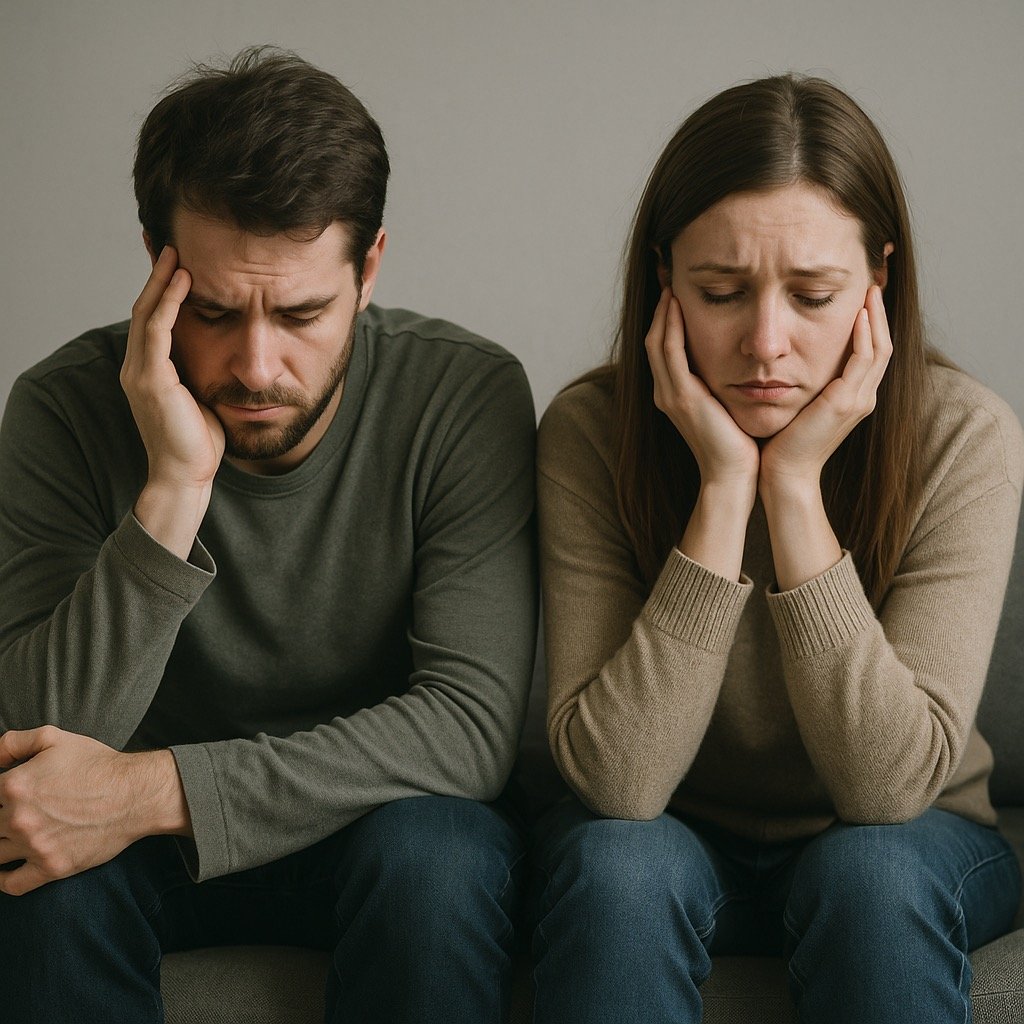Cannabis has shown significant potential in alleviating symptoms of anxiety and depression through its interaction with the body’s endocannabinoid system, which regulates mood, stress response, and emotional balance. Compounds like cannabidiol (CBD) and tetrahydrocannabinol (THC) bind to cannabinoid receptors in the brain, helping to modulate neurotransmitters such as serotonin and dopamine—both crucial for maintaining a stable mood. Studies suggest that low to moderate doses of cannabis, particularly strains higher in CBD, may promote relaxation, reduce excessive worry, and restore a sense of calm without the sedative effects of some prescription medications.
For those with depression, cannabis can help by improving sleep, reducing chronic pain, and increasing appetite—all factors that commonly contribute to a depressive state. Moreover, many users report that cannabis enhances their ability to feel present and experience joy again, even in small doses. While it is not a cure for anxiety or depression, responsible and mindful use under proper guidance can offer meaningful relief and support mental wellness when combined with healthy lifestyle habits and therapy.
DEEP DIVE
Cannabis and its constituents—chiefly cannabidiol (CBD) and delta-9-tetrahydrocannabinol (THC)—interact with the endocannabinoid system, which helps regulate stress reactivity, mood, and sleep. Small controlled studies suggest CBD can blunt acute anxiety. In a randomized, double-blind trial of people with social anxiety undergoing a simulated public-speaking test, a single oral dose of CBD significantly reduced anxiety and cognitive discomfort compared with placebo, supporting an anxiolytic effect under acutely stressful conditions. Beyond single-dose experiments, evidence becomes more mixed. Observational and patient-reported outcomes suggest that some individuals experience short-term relief of anxiety and depressive symptoms, often tied to product type (CBD-dominant vs. THC-dominant) and dose; however, such studies are susceptible to bias and confounding. Recent scoping and systematic reviews emphasize a biphasic (U-shaped) response—low THC may reduce anxiety while higher THC can provoke it—highlighting the need for cautious, low-dose strategies and careful product selection.
For depression, the clinical signal is even less certain. A 2024–2025 systematic review of cannabis use and mood disorders found that people who used cannabis tended to show less improvement in depression and anxiety over time compared with non-users, suggesting potential interference with recovery in some populations. Disease-specific syntheses (e.g., among patients with cancer) report at best modest, short-term improvements in mood-related symptoms with medicinal cannabis versus control, and results are heterogeneous by THC dose and study quality. Major medical organizations therefore urge caution: the American Psychiatric Association states there is insufficient evidence to endorse cannabis for any psychiatric disorder and notes associations with adverse outcomes, particularly in adolescents and those at risk for psychosis. Consistent with this, public-health summaries and large-scale reviews warn that higher-THC exposure can worsen anxiety, precipitate paranoia, or unmask psychosis in vulnerable individuals; risk appears dose-related and greater with early, heavy, or high-potency use.
Practical takeaways follow from the evidence we do have. First, when anxiety relief is the goal, CBD-dominant formulations (with little to no THC) have the most favorable signal from controlled human data; if THC is used, start very low (e.g., 1–2.5 mg), titrate slowly, and avoid rapid escalation to reduce the chance of rebound anxiety. The biphasic effect means that “more is not better,” and exceeding one’s individual threshold can invert benefits into anxiety or panic. Second, treat cannabis as a symptom-management adjunct, not a stand-alone treatment for depression: address sleep, pain, and activity first, and combine any trial of cannabinoids with evidence-based care (psychotherapy, exercise, light exposure, and, when appropriate, antidepressant medication). Third, screen for red flags before starting (personal/family history of psychosis, adolescent age, pregnancy, heavy alcohol or sedative use), set clear goals (e.g., “reduce panic frequency by 50% in 4 weeks”), and track outcomes; discontinue if anxiety, mood, or function worsen. Guidance from psychiatric and medical bodies remains conservative for good reason: while some patients report meaningful relief—especially with CBD-forward, low-THC regimens—the overall evidence base is still evolving, with clear risks at higher THC doses and in vulnerable groups.
Bottom line: CBD shows promise for acute anxiety; THC’s effects are dose-dependent and can backfire at higher doses; benefits for depressive symptoms are uncertain and may be counterbalanced by risks in some users. Use cautiously, prioritize low-THC/CBD-dominant products, and integrate with standard mental-health care.

